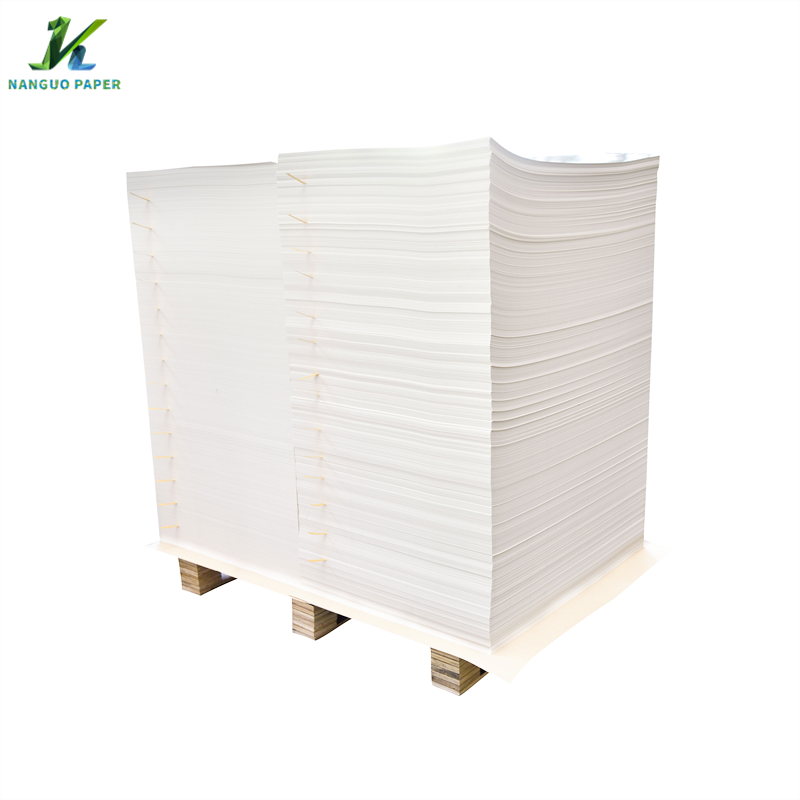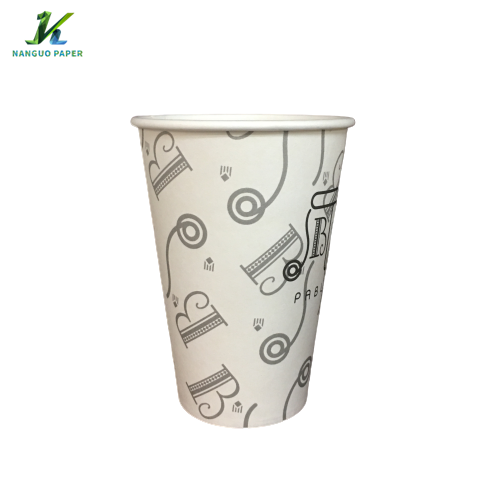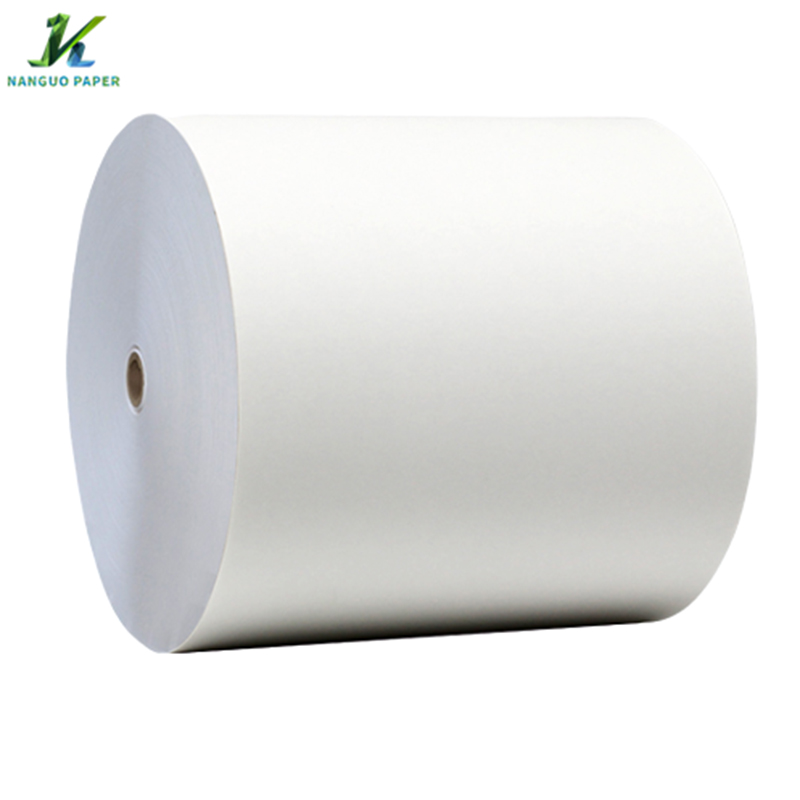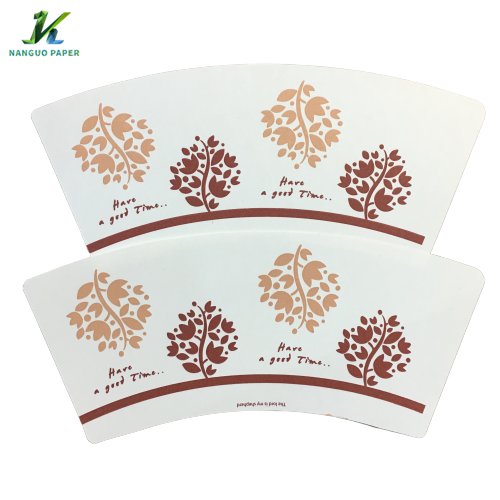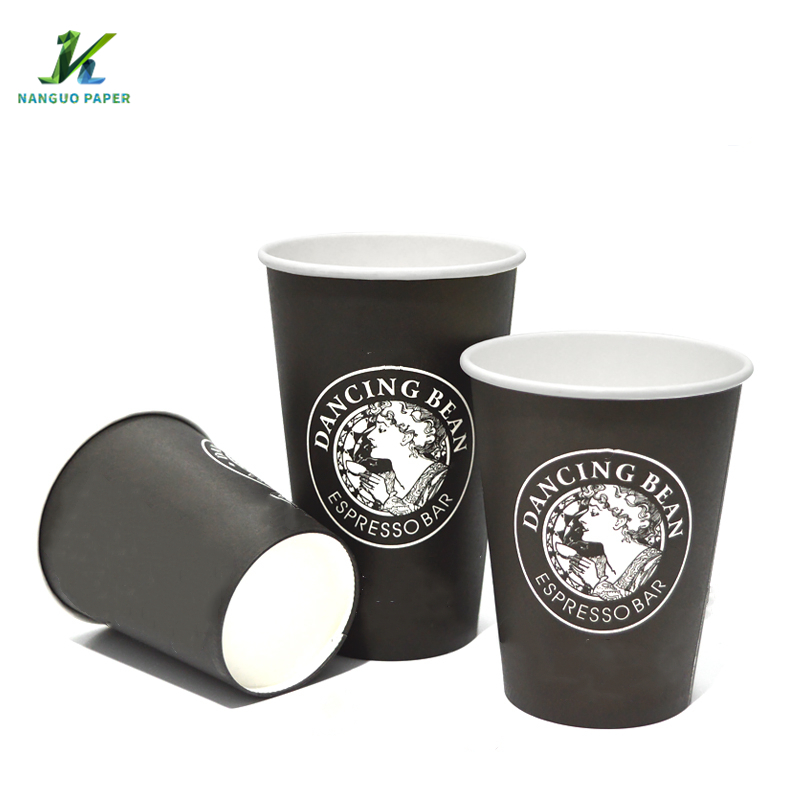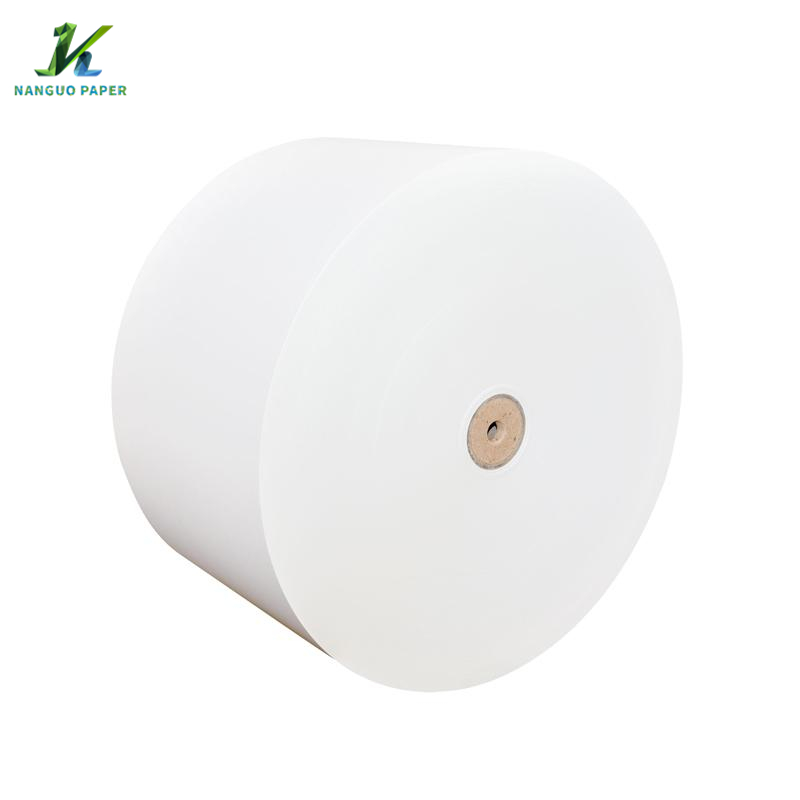Eco Friendly Food Packaging Containers - China Manufacturers, Suppliers, Factory
Using bagasse to make paper and cardboard has many advantages. First, it reduces the need for trees. Compared to the number of trees needed to produce one ton of paper, using bagasse to produce paper and cardboard saves a lot of tree resources. This is important for protecting forest ecosystems and slowing down global warming. Eco Friendly Food Packaging Containers, Sugarcane Fiber , Designing Sustainable Packaging , Biodegradable Ice Cream Packaging ,PE Coated Paper Cup Bottom . An environmentally friendly alternative to traditional plastic packaging is sugarcane pulp paper. It is biodegradable and sustainable because it is made from sugar waste, a form of waste reuse. Sugarcane pulp paper has the same strength and usability as traditional paper, and at the same time can be quickly degraded in the natural environment without causing harm to the ecosystem. The product will supply to all over the world, such as Europe, America, Australia,Colombia, United States,Durban, United Arab emirates.Grams determine the degree of thickness of disposable paper cups. Here the grams refers not to the weight of the paper cup, but the material of the paper cup in the unit area of the quality of paper. The same capacity, the material of the paper cup, the larger the grams, the thicker the paper cup.Material determines the degree of stiffness of the paper cup, common paper cup material: virgin pulp paper, virgin wood pulp, white cardboard. The same number of grams, stiffness: white cardboard > wood pulp > virgin pulp paper, so you want to thicker paper cups, try to choose a larger number of grams of wood pulp, white cardboard material paper cups.3, look at the body of the cup.Cup body soft collapse is not firm, beware of water leakage In addition, to choose the cup wall thick stiff paper cups, cup body stiffness is not a paper cup pinch up very soft, pour water or drinks, end up when it will be seriously deformed, and even end up, affecting the use of. Experts pointed out that the general quality of paper cups can be filled with water 72 hours without leakage, while the poor quality of half an hour will seepage.4, look at the packaging.To carefully check the packaging logo is marked product name, producer's name, address, product standards, production date, shelf life, health license and other state regulations must be marked content, if the logo content labeling is incomplete or not standardized, it is best not to buy such a paper cup.5, odor.Some paper cups due to the material and ink quality is not good relationship, will send out a very pungent odor, the use of up will be very bad for the body. So when picking, try to choose those soft odor or no smell of paper cups it!
Related Products








